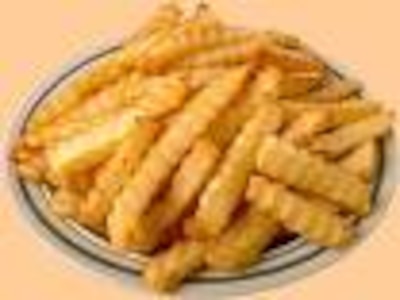
Couple interesting news reports out today dealing with healthy kids and healthy schools.
First, let’s talk about an age-old favorite: tag.
Researchers from Children’s Hospital Boston’s Clinical Research Program and University of Massachusetts Amherst are collecting data on popular playground games to see which ones appeal to kids – and burn the fat. Not all games do both. Kickball, for instance, always ranks as a recess favorite but involves lots of standing around.
To get their results, researchers organized games for children in a recess-like setting and monitored their energy expenditure with equipment that read their metabolic levels and oxygen consumption as they played. Once their physical activity levels had been recorded the children ranked how fun the game was using a visual scale based on happy, sad or neutral face cards.
The games that used the most energy and had high fun ratings were tag-based, had few rules and didn’t require a specific skill set or much strategy, according to a Children’s Hospital Boston blog post on the study. According to the team’s research, the four most popular games that also required sufficient energy expenditure were: Stop and Go, Pirate’s Treasure, Dragon’s Tail and Capture the Flag. For a complete list of games tested, their rules and information on their equipment needs, please click here: Games.
And, to understand the challenges facing parents and school leaders who want healthier food choices for kids at school, see this comprehensive CNN story and accompanying video, which is tied to the National School Lunch Program and Congress’ pending approval of a revised budget. According to CNN, the Obama administration asked for more than $10 billion to improve the program over 10 years. The current bill cuts that money in half. If the bill passes, districts will get about a 6-cent increase per child. Currently, schools in high-expense cities such as San Francisco get $2.74 a meal per child.
And consider these facts outlined in the CNN story:
- The No. 1 meal served to children in U.S. schools is chicken fingers and French fries.
- Processed food is much cheaper to serve than fresh produce.
- A 2009 study published in the Journal of the American Dietetic Association found that 94 percent of school lunches failed to meet the U.S. Agriculture Department’s regulatory standards. None of the schools met the sodium benchmark, based on the 2005 dietary guidelines.
- One in five schools served lunches that met the total fat standard.
- A 2009 study that looked at children who participated in the National School Lunch Program found they were more likely to gain weight than other children.
About our First Person series:
First Person is where Chalkbeat features personal essays by educators, students, parents, and others trying to improve public education. Read our submission guidelines here.
